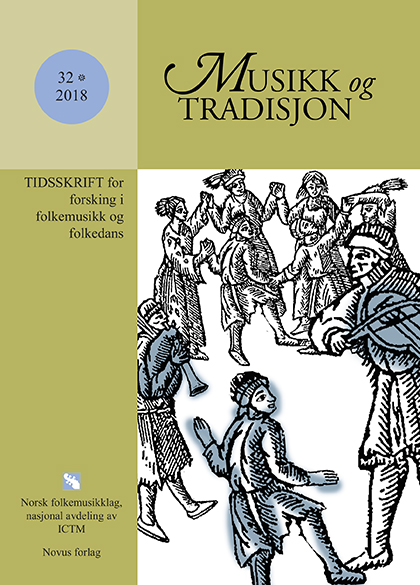Sammendrag
The intonation patterns in traditional Norwegian folk songs have been de-scribed and measured in various ways for more than a hundred years. This article provides a historical summary of research in this area and introduces a new software for measuring tone heights. This is exemplified through our analysis of an unaccompanied folk song, "Der æ so vent å vestoheio", recorded by the Norwegian Broadcasting Corporation (NRK) in 1951, performed by Gro Heddi Brokke (1910-1997) from the valley of Setesdal. The 5th and octave scale degrees stand out as the most stable throughout the tune, with a lot of variation in the thirds, sixths, and even the tonic. In spite of this vari-ation, the performance comes forward as both confident and stable; the vary-ing intonations appear controlled - they are not performer mistakes. Still, our findings suggest that tones of longer duration seem to vary less in into-nation than shorter notes. We show how our software can be used in combi-nation with manual analysis, and argue that automated pitch analysis may be useful also in the analysis of larger collections of Norwegian folk music.
Dette verket er lisensiert under Creative Commons Attribution-NonCommercial-ShareAlike 4.0 International License.
Opphavsrett 2019 Åshild Watne, Kristian Nymoen

